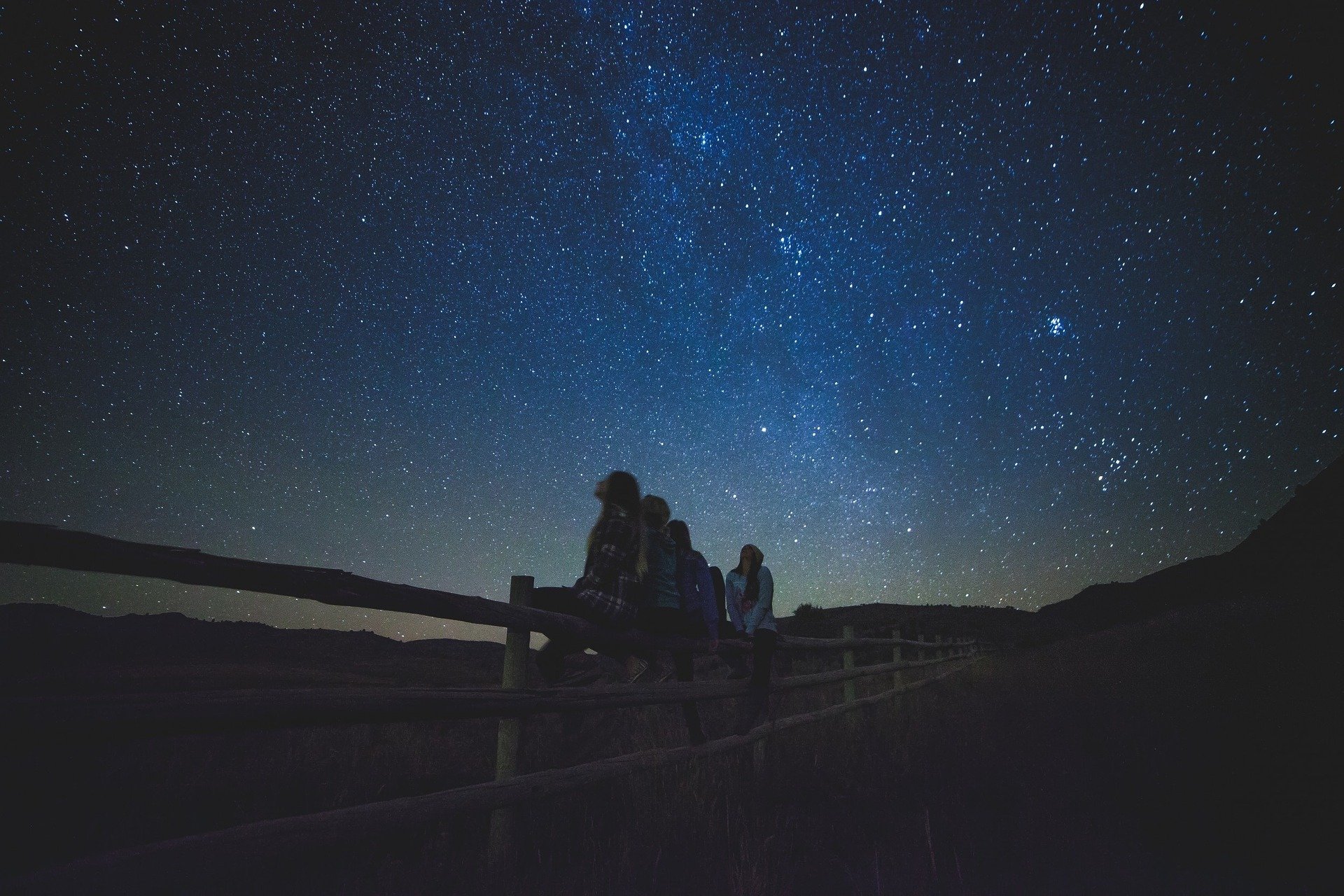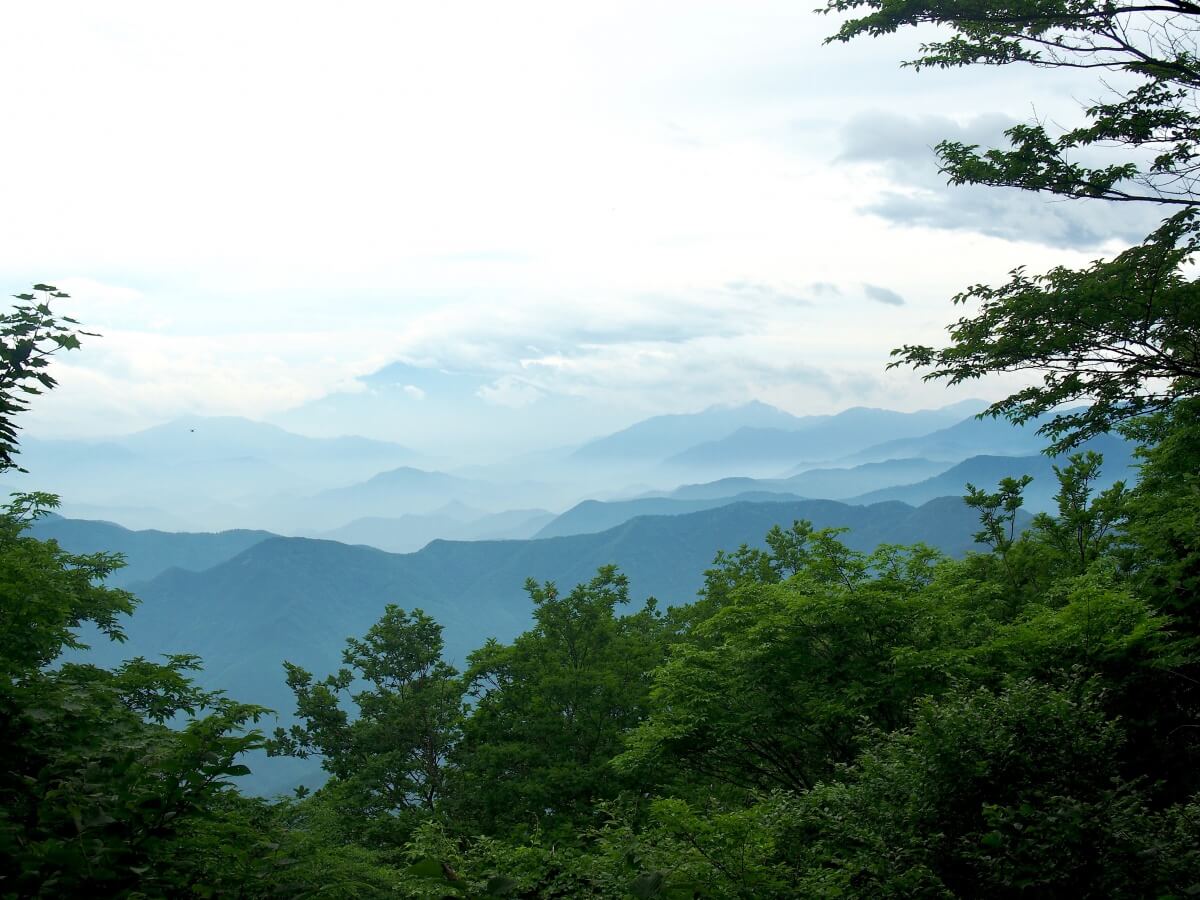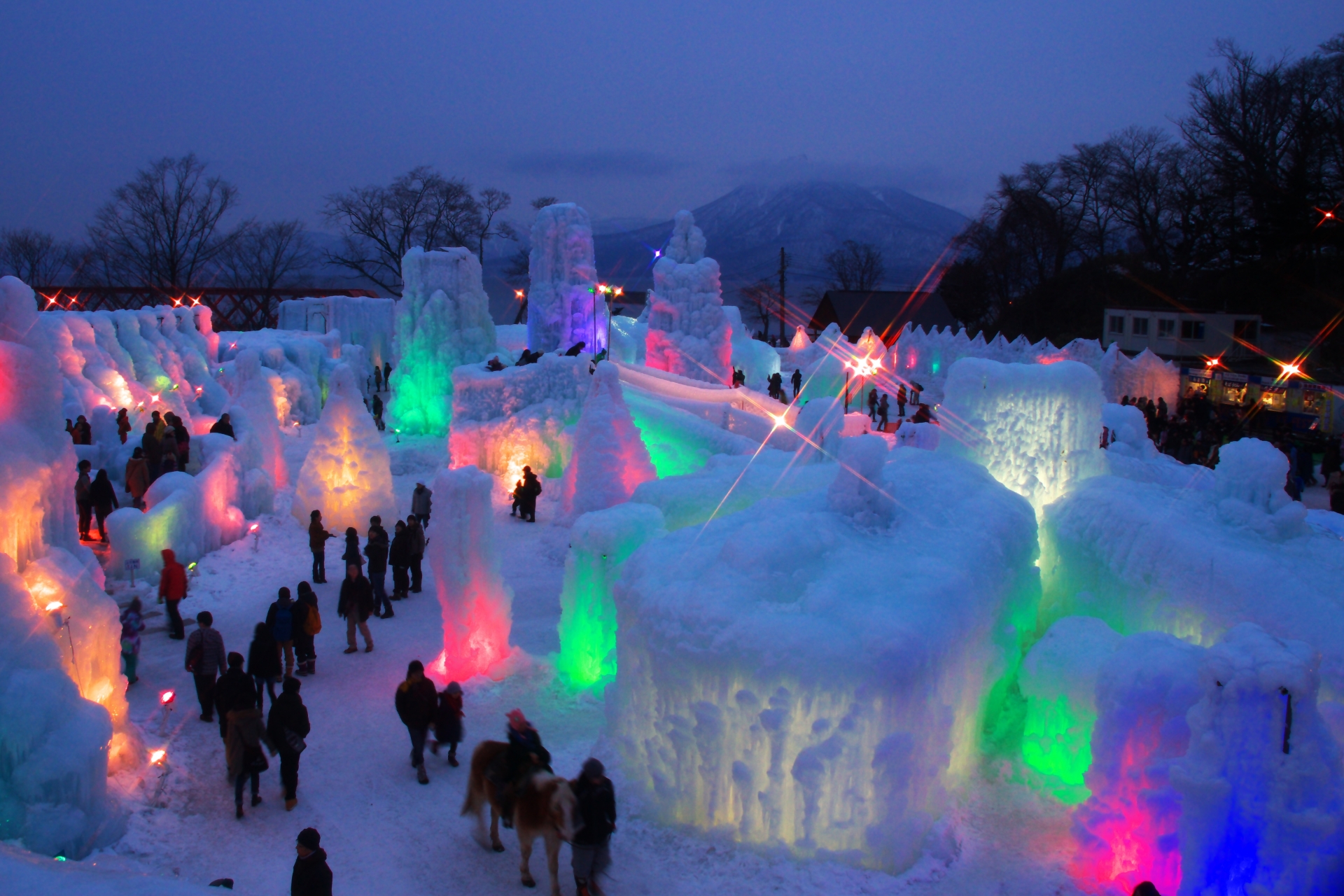Don’t you just love the feeling of losing yourself into gazing at a starry sky on a cloudless night, fantasizing about what might be out there? Or maybe you are an (amateur) astronomer looking for certain objects in the sky with a strong telescope. In Japan, there are many hobbyist stargazers who just love to take a lazy chair, a pair of binoculars or a telescope, and a beverage of choice to a quiet place outside of the city at night. Especially on meteor shower nights or during other celestial events like lunar eclipses, you will likely have company when you go stargazing. So where are the best stargazing spots in Japan?
- Ashibetsu (Hokkaido)
- Koiwai Farm (Iwate)
- Achi village (Nagano)
- Nobeyama Highland (Nagano)
- Lake Shoji (Yamanashi)
- Musashino Forest Park (Tokyo)
- Odaigahara (Nara)
- Ibarashi Hoshizora Park (Okayama)
- Seiwakogen Observatory (Kumamoto)
- Tachibana Observatory (Miyazaki)
- Stargazing Tours and Events
- Travel and the Best Stargazing Spots in Japan
- Other articles you might enjoy
Ashibetsu (Hokkaido)
Ashibetsu (芦別) in Japan’s northernmost island is located in the middle of Hokkaido, right next to the famous flower areas of Biei and Furano. Away from any major cities, the area is especially known for great cherry picking and natural beauty such as waterfalls.
Because of the lack of artificial light sources in the environment, Ashibetsu is a great area for stargazing activities. Some hotels organize stargazing tours, in which a guide will explain to you what you see and where to look for famous objects such as the planets and certain constellations.
Koiwai Farm (Iwate)
Surrounded by rolling green hills with endless skies is the Koiwai Farm (小岩井農場) in Iwate, a popular destination for families and anyone who loves nature experiences. The history of the farm goes back more than 100 years, when the founders of the farm started developing the empty land into a beautiful space with many trees. It became a dairy farm, and later on sheep and chickens were added. Nowadays, you can enjoy the gorgeous surroundings and fresh air on a tractor tour, through hiking, or from horseback. You can also dine here, and of course they use their own delicious farm products for the meals and snacks.
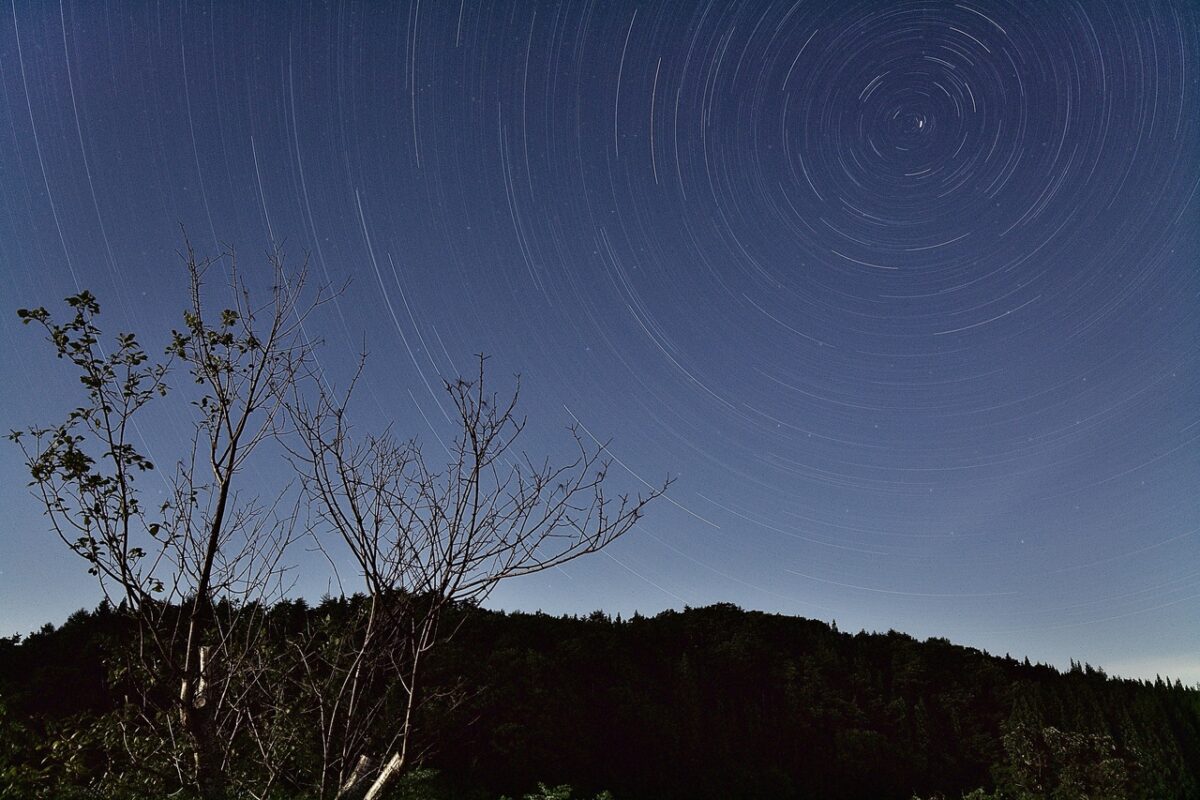
In wintertime, you can participate in a snowshoe trekking adventure, and this is also the best time to come for the clearest night skies. Because of its remote location without large cities nearby and an elevation of up to 730 meters, the milky way can be seen from here on clear nights. There are several hotels in the area, and only 20 minutes from Koiwai Farm is the Shizukuishi Prince Hotel which arranges interesting stargazing tours.
Achi village (Nagano)
Around 1.5 hour by bus from Nagoya is the ‘best place to see the stars’ according to the Japanese Ministry of the Environment. Heavens Sonohara is located in Achi Village (阿智村), Nagano, and this is indeed a heaven for those who want to admire the stars without anything to block their view. You can take a ride in a gondola which takes you up to a 1,400 meter altitude at night and lets you enjoy a view you can’t see in many places in the world for 2.5 kilometers.
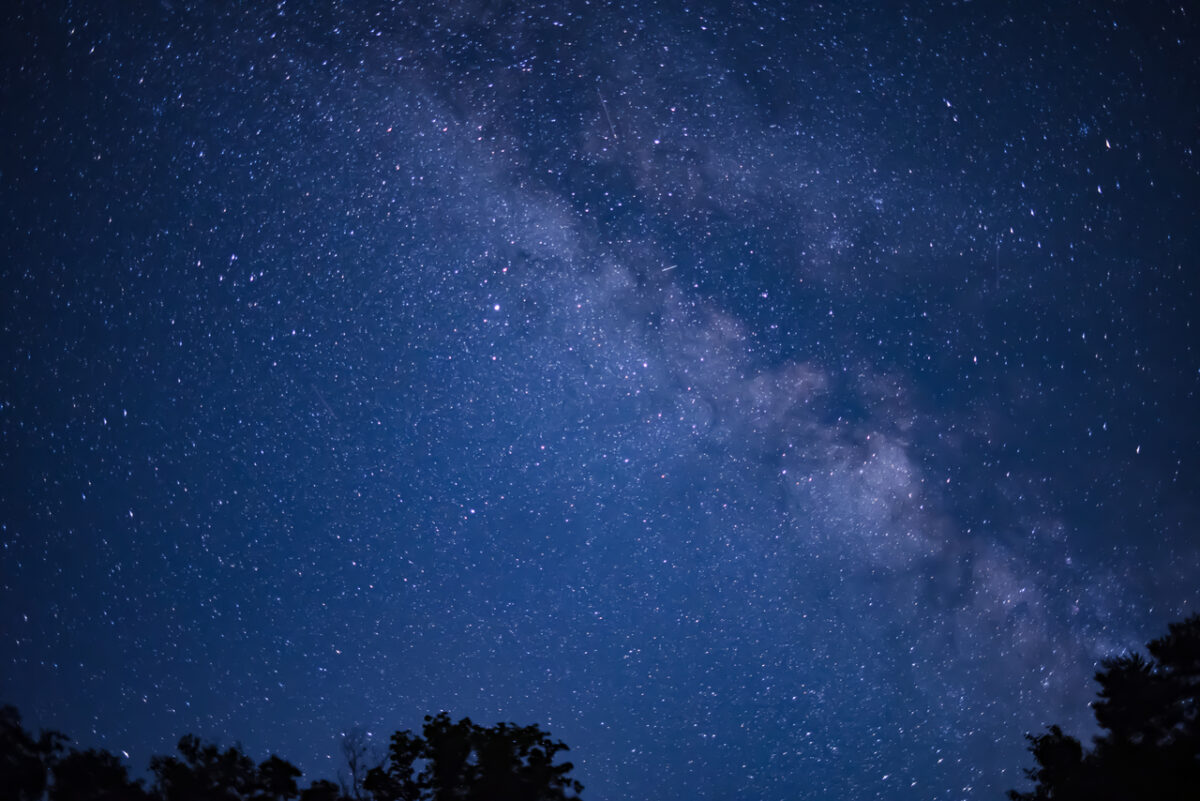
Far away from any polluted air and without city lights, the view of the stars is incredible. You can see the dark outlines of the Japanese Alps in the background while slowly moving through the air with the lights off. If you’re here in the autumn, they do pretty magical early morning rides above the clouds.
Nobeyama Highland (Nagano)
Also in Nagano is Nobeyama Highland (野辺山高原), where you can find state of the art observational instruments such as a 45m radio telescope. At an altitude of 1,350 meter, the sky can be observed without much interference, and various themes relating to the universe like cosmic radio waves have been researched here. You can visit parts of the observatory during the day if you are interested in astronomical instruments.
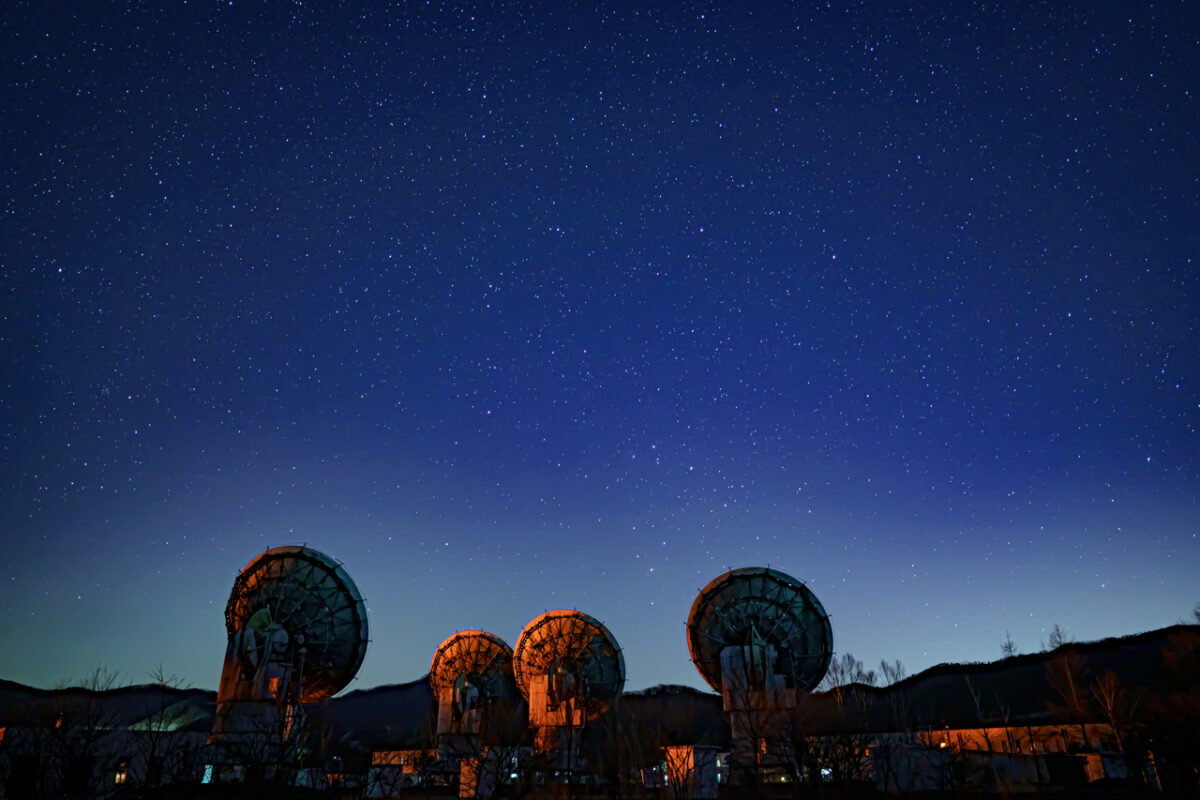
You can do some great stargazing from the parking lot from the Hirakawa Pass. It is an area with open fields without forests, giving you an unobstructed view of the full sky where you can see plenty with the naked eye. This is a pamphlet that includes a star map that can be used in this area.
Read the pamphlet
Lake Shoji (Yamanashi)
Formed by old eruptions from Mt. Fuji, the Fuji Five Lakes area is full of natural beauty. While Kawaguchiko may be the most famous lake, Lake Shoji (or Shojiko, 精進湖) has been described as ‘Oriental Switzerland’ for its quiet charm.
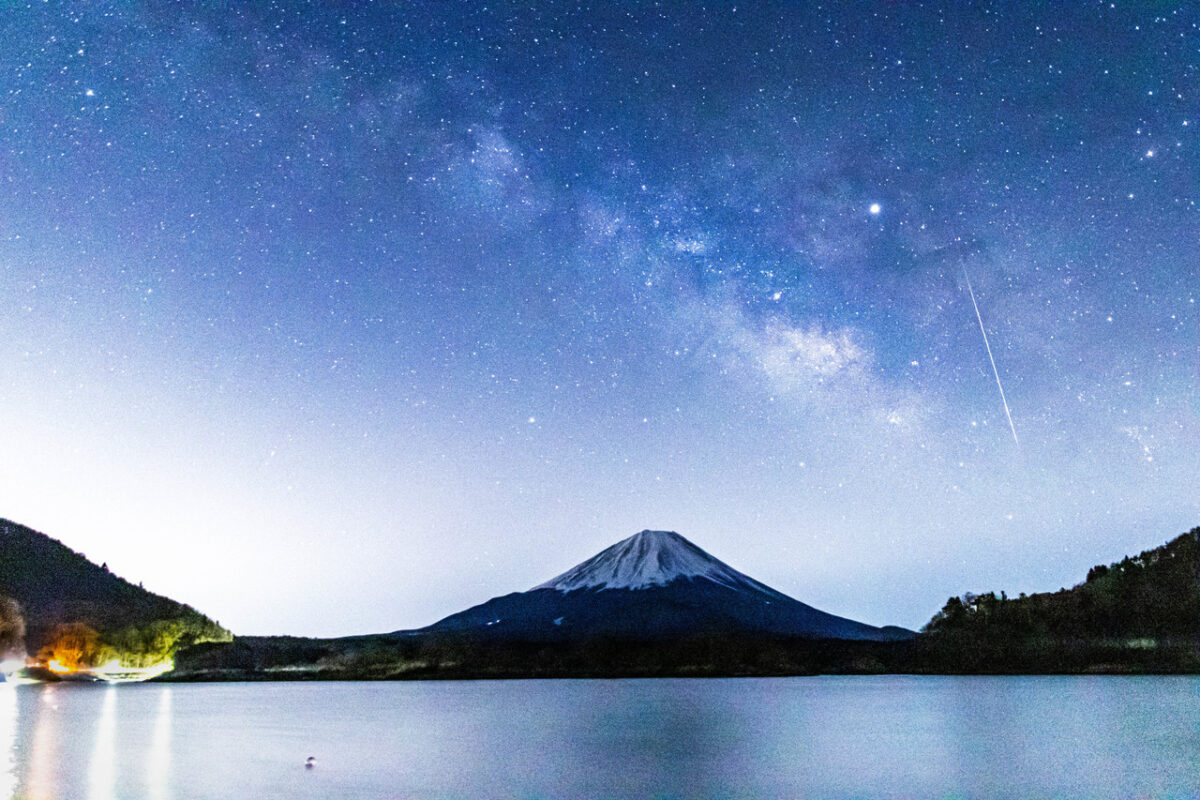
Because it is the smallest lake and doesn’t get as many visitors as its larger neighbors, there is barely any light in the environment to disturb your stargazing. It does mean you have to wake up early, but if you want to be rewarded by the stunning sight of a very nearby Mt. Fuji with the stars going just before sunrise will pay off. We are sure that this unique sight will stay with you forever!
Musashino Forest Park (Tokyo)
Seeing a good starry sky in Tokyo, how is that possible? You might be wondering this, but you’d be surprised at what you will see at Musashino Forest Park (or Musashi No Mori Park, 武蔵野の森公園) on a clear night! This athletic park is less than 40 minutes away from the frenzy in Shinjuku, and it is a popular place for plane spotting and stargazing in the city.
Granted, the views aren’t as spectacular as what you can see from the other places mentioned in this list, but within the city this is definitely one of the best options. Sometimes you just don’t want to travel 2 hours or more but you still want to get a feel of being outside and away from the city, and this is a good compromise. And as an added bonus, the park plays a part in the 2020 Olympics so it may look familiar if you watched the event and visit afterward.
Odaigahara (Nara)
Nara city is a popular tourist destination because of the many historical treasures and cute deer. But did you know that Nara is also a prefecture? The area is known for its unspoiled nature and is very much worth discovering. Odaigahara (大台ヶ原) can be reached by public transportation from Nara city, and most people start their journey at the Odaigahara Visitor Center from where they go hiking.
You can see spectacular natural formations and even a statue of Japan’s first (legendary) Emperor Jimmu whose story has a strong connection to the area. There are several simple accommodations where you can spend the night in the area, during which you can see some of the best starry skies in the country because of the remoteness of the area.
Ibarashi Hoshizora Park (Okayama)
While in the other places there is no artificial light obscuring all but the brightest stars because of a lack of people, in Bisei-cho, Okayama, where Ibarashi Hoshizora Park (井原市星空公園) is located, the ‘Light Pollution Prevention Ordinance’ is responsible for the lack of light. The people of Bisei-cho believe in a legend that a meteor split into 3 pieces above the area, which is why they dedicate themselves to conserve nature in the area and promote stargazing.
In Hoshizora Park at a more than 500 meter altitude, there is an observatory which you can use when you make a reservation and pay a fee. If you want to wish upon a star, you can just write the wish on a slip of paper and conveniently drop it in the mailbox at the entrance of the park. Your wish should come true after they burn it at the Hoshio Shrine for you.
Seiwakogen Observatory (Kumamoto)
Southern island Kyushu is known for its abundant nature and attracts travelers who like venturing a bit off-the-beaten-path. Volcano Mt. Aso in Kumamoto has a unique geography with surrounding grassy plains, and this is where the Seiwakogen Observatory (清和高原天文台) is based.
The observatory that boasts a Newton telescope is standing at a height of 700 meters and has a good 360 degree view of the whole sky. As the location is far away from civilization, the nights are dark and the air is clean. What’s special is that right next to the observatory there are 10 accommodations where you can stay overnight. So you will have plenty of opportunities to gaze at the stars with a high-grade telescope without having to worry about leaving during the night.
Tachibana Observatory (Miyazaki)
Not far from the famously beautiful Takachiho Gorge in Miyazaki is the Tachibana Observatory (たちばな天文台). It is located in Miyakonojo City, which has been honored as the ‘best stargazing town in Japan’ for 10 years. The observatory, which also contains a small planetary, is accessible to the public on Fridays and Saturdays between 7 pm and 10 pm.
You can see the moon, planets, and stars through a 500mm reflecting telescope and a 200mm and 400mm refracting telescope. As the observatory was built on a hill with a good view of the surroundings, you can see the entire sky from here.
Stargazing Tours and Events
There are other places that you can enjoy stargazing with other unique activities.
Here are some of our favorite picks for you!
- Fine Dining and Stargazing at a Glamping Site in Nagano
- Under the Starry Sky — Night Photoshoot at Mt. Daisen
- Stargazing at a 100-Year-Old Folk House in Nago, Okinawa
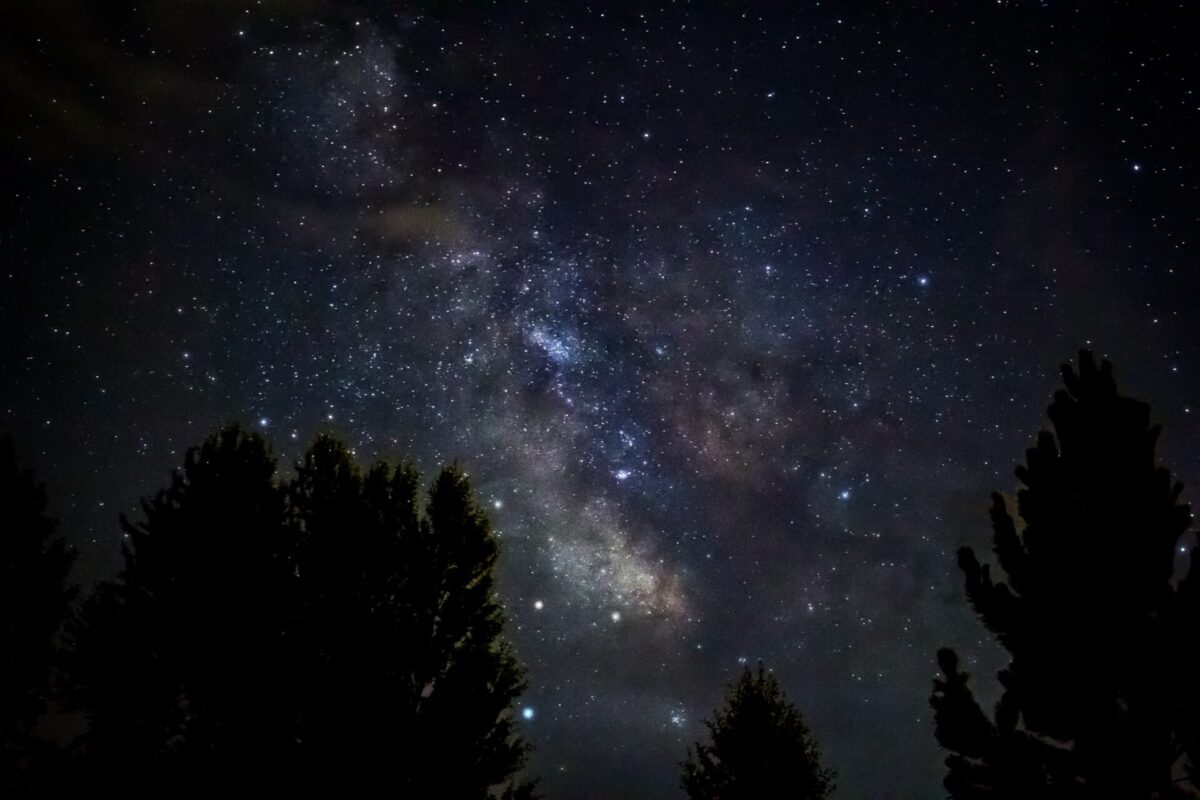
Travel and the Best Stargazing Spots in Japan
If you are traveling in Japan and are also interested in seeing some of the most beautiful starry skies in the region, one of the 10 spots above will surely give you a memorable night of stargazing. This is just one of the many nature activities you can do in Japan. While Japan’s cities are amazing, it is also nice to venture out into the wilder places when you are here. Japan’s nature has so much to offer because many areas are unspoiled and the geography is very varied because Japan is home to several climate zones. Whether you want to watch stars or birds, climb mountains, or go diving, it can all be done in Japan!
Follow us on Instagram, Facebook and Twitter for more travel inspiration. Or tag us to get featured!
Happy travelling!
Other articles you might enjoy

Stefanie Akkerman moved from the Netherlands to Japan in 2013 with her Japanese husband and son. She jumped into the niche of Dutch tour guiding in Tokyo and Kamakura in 2015 and occasionally writes articles about all the great sights and activities Japan has to offer. She loves (Japanese) food, and to work that all off she goes diving, snorkeling, cycling, or hiking.
This post may contain some affiliate links. When you click through and make a purchase we may receive some commission, at no extra costs to you.
